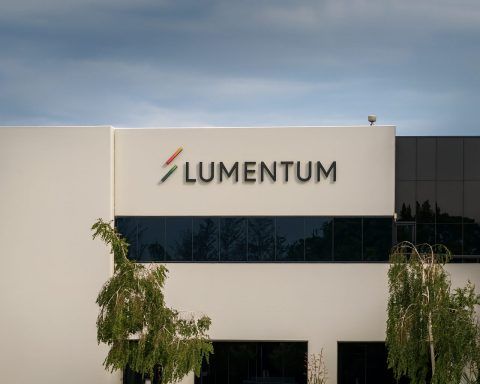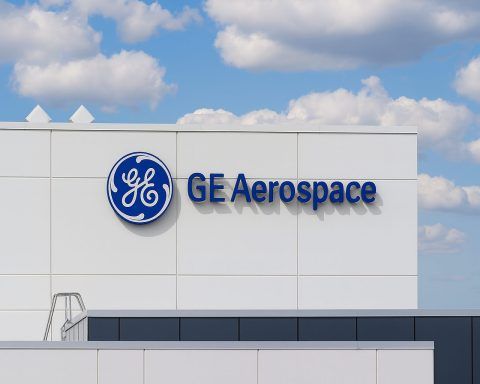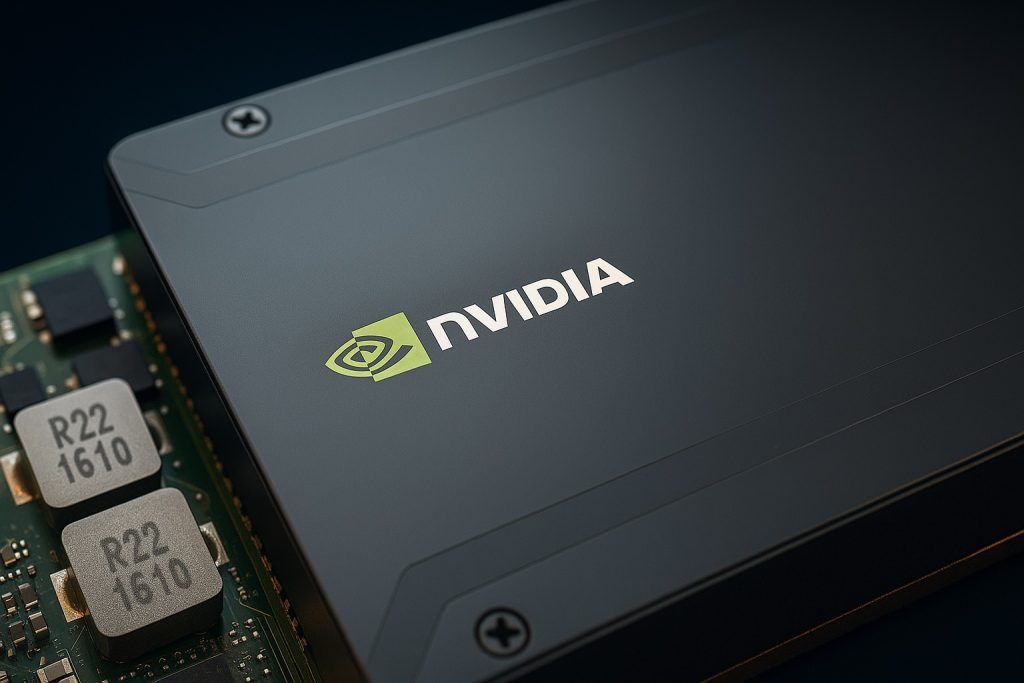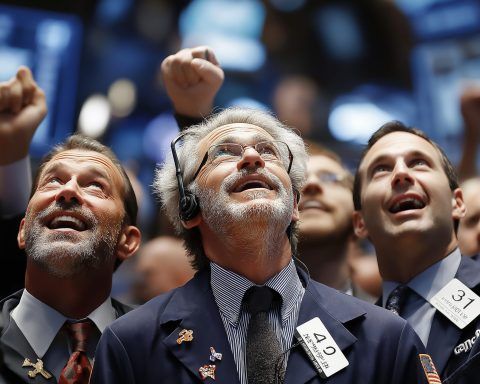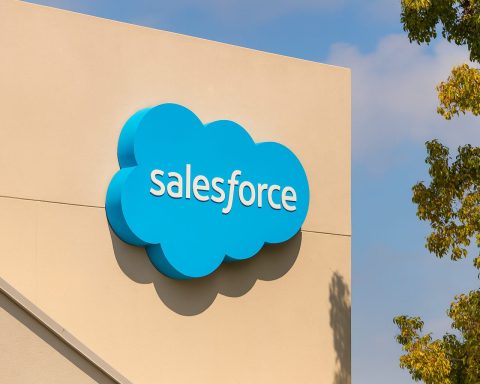- Stock Price Rollercoaster: Pfizer’s stock (NYSE: PFE) recently trades around the mid-$24 range after a wild few weeks. It soared ~15% in late September – jumping from about $23.60 on Sept. 26 to over $27 by Oct. 1 – amid game-changing news [1]. However, shares have since settled back to ~$24.65 as of Oct. 31 [2], leaving PFE only modestly above its 52-week low (~$20.9) and still slightly down year-to-date, lagging the broader market.
- Earnings Slump & Outlook: Pfizer reports Q3 2025 earnings on Nov. 4, with analysts expecting about $0.79 EPS (down from last year) as the company grapples with a “COVID cliff” – the plunge in vaccine and antiviral sales after the pandemic boom [3]. Despite this, Q2 2025 was surprisingly strong (revenue $14.7 B, +10% YoY), and Pfizer even raised its full-year profit forecast and reaffirmed 2025 sales guidance of $61–64 B (roughly flat vs 2024) [4]. Management is aggressively cutting costs (targeting $4 B in savings by 2025) to protect margins and fund new drugs [5]. All eyes are on whether upcoming results show Pfizer stabilizing post-pandemic or still in decline.
- Trump’s Drug Price Pact Sparks Rally: In late September, Pfizer struck a landmark deal with the Trump administration to cut U.S. Medicaid drug prices to levels seen in other rich countries, in exchange for relief from a threatened 100% tariff on imported drugs [6] [7]. Announced Sept. 30, this surprise “TrumpRx” pact instantly lifted a cloud of regulatory risk. Pfizer’s stock jumped 6%+ on the news, and other pharma shares (Eli Lilly, Merck, Amgen, AbbVie, GSK) surged 2–7% in sympathy on relief that worst-case pricing measures would be avoided [8] [9]. Analysts hailed the agreement as a “win-win” that removed a major overhang on the sector and “marks the beginning of a rebound for Big Pharma” [10], since the price cuts apply only to Medicaid (a segment that already had steep discounts) and not to more profitable private or Medicare sales.
- $7.3 B Obesity Drug Gamble: Pfizer is making a bold bet on weight-loss drugs, agreeing to acquire Metsera Inc. for up to $7.3 B (including milestones) [11]. Metsera is a U.S. biotech developing next-generation GLP-1 hormone analogs for obesity – the same class of “miracle” weight-loss treatments that turned Novo Nordisk’s Ozempic and Eli Lilly’s Mounjaro into blockbusters. Early trial data from Metsera’s lead candidate showed roughly 14% body weight loss in 28 weeks (placebo-adjusted), matching results of Lilly’s approved GLP-1 drug (tirzepatide) [12] [13]. With the obesity pharma market projected to exceed $150 B annually in the 2030s [14] [15], Pfizer sees enormous long-term opportunity. Some on Wall Street even dub Pfizer a “‘hated’ stock that now looks like an obesity bargain,” arguing its depressed valuation vastly underrates Pfizer’s foothold in this red-hot field [16]. Competition is fierce, though: weight-loss leaders Novo Nordisk and Lilly enjoy a near-duopoly and multi-year head start [17], and Novo even swooped in with a rival $8.5 B bid for Metsera, sparking a bidding war [18]. (Pfizer has responded by suing to enforce its merger agreement, highlighting how coveted these obesity assets are [19] [20].) If Pfizer succeeds, the Metsera deal “puts them back in the game” and could ultimately generate $5 B+ in annual sales from these drugs [21] [22] – a much-needed new revenue stream as COVID product sales wane.
- Pipeline & Drug Developments: Beyond obesity, Pfizer’s R&D pipeline is bustling. The company gained a trove of cancer therapies from its $43 B Seagen acquisition (completed 2023) and is showcasing data from 45+ oncology trials this fall [23]. Notably, a Pfizer/Astellas drug combo (Padcev® + Keytruda®) just cut the risk of death by 50% in a late-stage bladder cancer study [24] – a breakthrough that could redefine care for that cancer. Pfizer also launched an updated COVID-19 booster (Comirnaty 2025–26 formula) tailored to new variants, which earned FDA approval for high-risk groups in August [25]. While not all projects pan out (Pfizer is reportedly pulling back from a partnered breast cancer drug under FDA review) [26], recent approvals and trial wins – in RSV vaccines, pneumococcal shots, migraine meds, etc. – are helping replace lost COVID revenues. Pfizer’s deep pipeline, spanning everything from mRNA flu vaccines to gene therapies, underscores its strategy to reboot growth via innovation and acquisitions.
- Pharma Sector Trends: Pfizer’s challenges aren’t happening in a vacuum – 2025 has been a tumultuous year for Big Pharma. Companies that rode the pandemic boom are now coming back to earth: for example, Moderna, a pure-play COVID vaccine maker, saw its market value plunge over 90% from its 2021 peak as vaccine demand collapsed [27]. Pfizer itself enjoyed record sales of $100 B in 2022 at the pandemic height, but is facing a steep comedown (2025 revenue is forecast around ~$62 B) [28] [29]. On the flip side, firms leading new therapeutic areas have become stock market darlings – Novo Nordisk and Eli Lilly have soared to all-time highs thanks to explosive demand for their obesity/diabetes drugs [30]. Meanwhile, time-tested pharma giants like Johnson & Johnson and Merck have been steadier, navigating 2025 with diversified product lines (though they too are eyeing the obesity space and other growth areas). The late-September policy breakthrough gave the entire sector a shot in the arm, sparking a rotation back into healthcare stocks [31]. However, big pharma still faces looming patent cliffs on key drugs in the coming years – Pfizer, for one, will see its top-selling heart drug Eliquis lose exclusivity in 2026 [32]. This has spurred a wave of deal-making and R&D investment across the industry as companies race to fill impending revenue gaps. In short, the pharma sector is in transition: pivoting from the pandemic, contending with political pressure on pricing, but also tapping into new blockbuster markets like weight-loss and gene therapy.
- Hefty Dividend & Value Appeal: Pfizer offers one of the richest dividends in the industry – a quarterly payout of $0.43 per share (annualized $1.72), which at the current stock price is a ~7% yield [33]. That’s more than double the yield of peers like Merck or J&J [34], appealing to income-focused investors. The company has a long dividend heritage (348 consecutive quarters of payouts) [35], and management insists the dividend is sustainable – the current payout consumes only ~60% of earnings [36]. Indeed, Pfizer opted not to cut its dividend despite the COVID revenue downturn (in fact, it raised the dividend a penny this year), signaling confidence in its cash flows. In terms of valuation, PFE looks cheap: it trades around 7–8× forward earnings, roughly half the pharma industry average (~14×) [37]. Its trailing P/E (~13×) is also well below the S&P 500’s [38]. This discounted valuation reflects recent earnings hits and uncertainty, but also suggests significant upside if Pfizer’s pipeline bets pay off. Investors are essentially being paid generously to wait for a turnaround. The flip side is that such a high yield can imply the market’s skepticism about growth – Pfizer must prove it can reignite its business to avoid the “value trap” label often assigned to high-yield, low-growth stocks.
- Street Sentiment and Forecasts:Wall Street’s outlook on Pfizer is cautiously optimistic. The consensus rating is roughly a Hold, but with a positive bias – of 24 analysts tracked, ~8 rate PFE a Buy and 15 Hold, with only 1 Sell [39]. Price targets average about $29–30 over the next 12 months [40], implying ~20% upside from current levels. In recent weeks, some analysts have grown more bullish following Pfizer’s policy win and obesity move. For example, BMO Capital reiterated an Outperform (Buy) and raised its target to $30, calling the Trump drug pricing deal a “meaningful win” that removed a big overhang [41]. Jefferies likewise reaffirmed its Buy rating, and even a more cautious Bank of America nudged its target up to $30 (while keeping a Neutral stance) [42]. The core bull thesis is that Pfizer’s undemanding valuation and pipeline potential make it attractive now: as one fund manager put it, Pfizer at ~$25 is at a “cycle low” and represents a rare chance to buy a pharma leader at an “undervalued” price with significant pipeline optionality [43]. In particular, if Pfizer can capture even a slice of the $150B obesity market, some see earnings exploding later this decade – hence the “obesity bargain” moniker for PFE stock [44]. That said, not everyone is pounding the table just yet. Skeptics point to Pfizer’s execution risks – the need to integrate big acquisitions, navigate clinical trials, and successfully replace billions in lost COVID and patent revenues [45]. There’s also the broader concern of pharma pricing reform popping back up (today Medicaid, tomorrow Medicare?). In sum, analysts generally agree Pfizer is a solid, cash-rich company at a crossroads: medium-to-long-term upside could be substantial if new products deliver, but the company needs to prove it can overcome near-term headwinds. The upcoming earnings report and 2026 guidance outlook will be pivotal in determining whether PFE is a classic value play poised for a comeback or a value trap to approach with caution [46].
Technical Analysis – Levels to Watch
From a technical perspective, Pfizer’s stock has been basing in the low-to-mid $20s and has yet to break out of its longer-term downtrend. The 52-week range is roughly $20.92 to $30.43 [47], and the late-September rally stalled out near the upper-$20s – a zone that now acts as an overhead resistance (around $26–$27). Notably, PFE is trading below its 200-day moving average (~$27), indicating lingering bearish momentum [48]. On the upside, a decisive push above the $27–$28 level (and the 200-day MA) would be a bullish signal that the stock’s trend is turning. In the near term, the stock has managed to climb back above its 50-day moving average (~$24.5) [49], a positive sign, and appears to have technical support in the mid-$24 area (just above its recent lows) [50]. Chart indicators are mixed: Pfizer’s RSI (Relative Strength Index) sits around 48, smack in neutral territory [51], and its MACD momentum indicator is slightly negative [52]. This suggests the stock is neither overbought nor oversold at current levels, but hasn’t yet gathered strong upward momentum. Traders may watch $23–$24 as a support zone – if PFE falls below that, it could retest the year’s low near $21. Conversely, $27 (the recent peak and 200-day MA) is key resistance – a breakout above that could open the door to the low-$30s. In summary, Pfizer’s chart is still repairing: the downtrend has slowed, and the late-2025 news-driven spike showed the stock’s upside potential, but confirmation of a trend reversal will likely require follow-through buying and solid fundamental news (such as an earnings beat or positive drug data) to propel shares past the current ceiling.
The Bottom Line
Pfizer enters the final stretch of 2025 as a turnaround candidate in the making. The stock’s autumn rally – fueled by a favorable political deal and a bold dive into the obesity drug race – demonstrated that investor sentiment can shift quickly when clouds clear. At around $24–$25 per share, Pfizer offers a compelling mix of a high dividend, defensive business, and call options on future blockbuster drugs. The company is working through a post-pandemic slump, but management is taking steps to stabilize revenues and rekindle growth via innovation and M&A. Medium-term, much depends on execution: delivering on its pipeline (from cancer drugs to weight-loss treatments) and navigating upcoming patent expiries. Long-term, Pfizer’s sheer scale, R&D depth, and proven ability to adapt (it delivered one of the fastest vaccine rollouts in history, after all) give it a strong foundation to build on. Investors should expect some bumps on the road – and the stock may remain range-bound until clearer signs of growth emerge – but if Pfizer’s bets pay off, the current lows could prove a generous entry point. In the meantime, shareholders are being paid handsomely to wait, and the recent policy tailwinds have removed a key risk factor. In summary, Pfizer’s story in 2025 is one of a pharma giant at a crossroads: it has the cash and pipeline to stage a real comeback, but now must execute and convince the market that the next act of growth is on the horizon. The pieces are falling into place; the coming quarters will show whether Pfizer can turn this year’s hopeful sparks into a sustained rebound for PFE stock.
Sources: Pfizer Inc. investor materials and financial reports; ts² TechStock financial analysis [53] [54]; Reuters news reports [55] [56]; Stat News [57]; ChartMill/Investing.com technical data [58] [59].
References
1. ts2.tech, 2. ts2.tech, 3. ts2.tech, 4. ts2.tech, 5. ts2.tech, 6. ts2.tech, 7. www.reuters.com, 8. www.reuters.com, 9. ts2.tech, 10. ts2.tech, 11. ts2.tech, 12. ts2.tech, 13. ts2.tech, 14. ts2.tech, 15. www.reuters.com, 16. ts2.tech, 17. ts2.tech, 18. www.reuters.com, 19. www.reuters.com, 20. www.reuters.com, 21. ts2.tech, 22. www.reuters.com, 23. ts2.tech, 24. ts2.tech, 25. ts2.tech, 26. ts2.tech, 27. www.statnews.com, 28. ts2.tech, 29. ts2.tech, 30. ts2.tech, 31. ts2.tech, 32. ts2.tech, 33. www.streetinsider.com, 34. ts2.tech, 35. ts2.tech, 36. ts2.tech, 37. ts2.tech, 38. ts2.tech, 39. ts2.tech, 40. ts2.tech, 41. ts2.tech, 42. ts2.tech, 43. ts2.tech, 44. ts2.tech, 45. ts2.tech, 46. ts2.tech, 47. ts2.tech, 48. www.trefis.com, 49. www.investing.com, 50. www.chartmill.com, 51. www.chartmill.com, 52. www.chartmill.com, 53. ts2.tech, 54. ts2.tech, 55. www.reuters.com, 56. www.reuters.com, 57. www.statnews.com, 58. www.trefis.com, 59. www.investing.com


